(Last updated on June 19th, 2023)
Are you familiar with the various types of graphic design? Do you know the differences between them? Read on to learn more about 11 different kinds of graphic design and how to spot each field.
Graphic design is a profession that covers a wide range of different aspects. The mere title usually conjures images of someone drawing up logos and editing images within Photoshop. While those actions are certainly part of graphic design, there’s so much more to it than that.
Just about everything made has some sort of graphic design. To design everything from products to websites to publications requires conceptualization. That is where graphic designers step in to take the ideas out of the head and place them on paper, be it physically or digitally.
Graphic design can also be the most crucial aspect of any project. It’s this phase that takes the production of something from mere scribbles to heading into production. There’s quite a bit that goes into the graphic design phase as well.
Most graphic design tends to favor a handful of familiar elements for any project. This includes balance for stability, a hierarchy for the organization, alignment for sharpness, repetition to unify, and contrast for importance. A brilliant graphic designer incorporates all of these elements with ease.
But those are just the general elements. Graphic design exists to different degrees in different areas. From magazine publication to the development of apps to produce physical products, graphic design serves several industries.
So if you’re planning to take the jump into graphic design, it’s essential to know specifically which industry you may be getting into with your work. This doesn’t mean you’ll need to know a specific organization but recognizing these fields will help.
Here are 11 types of graphic design that serve various means, each with a unique process.
Branding/Visual Identity
Branding is perhaps the most common and problematic of graphic design, considering the range that it spans. Every company has some vision and idea of how they want to present themselves to the world. It’s up to the graphic designer to make that vision a reality.
Sometimes recognized as visual identity, branding is the face placed on a company. It’s the first thing that attracts the eye and gives any organization its unique style. It’s the most crucial element to let potential customers and clients know what your business is all about.
This area covers several different graphic design projects. This can include logos, business cards, title design, and so much more. Anything that communicates visually the style and story of the organization is a form of branding.
Branding also creates a level of consistency with the iconography. Compelling graphic design can be noted from a distance, where even just a logo makes it clear what business is present. There’s a reason why McDonald’s is most iconic for the golden arches, appearing as more than just an M.
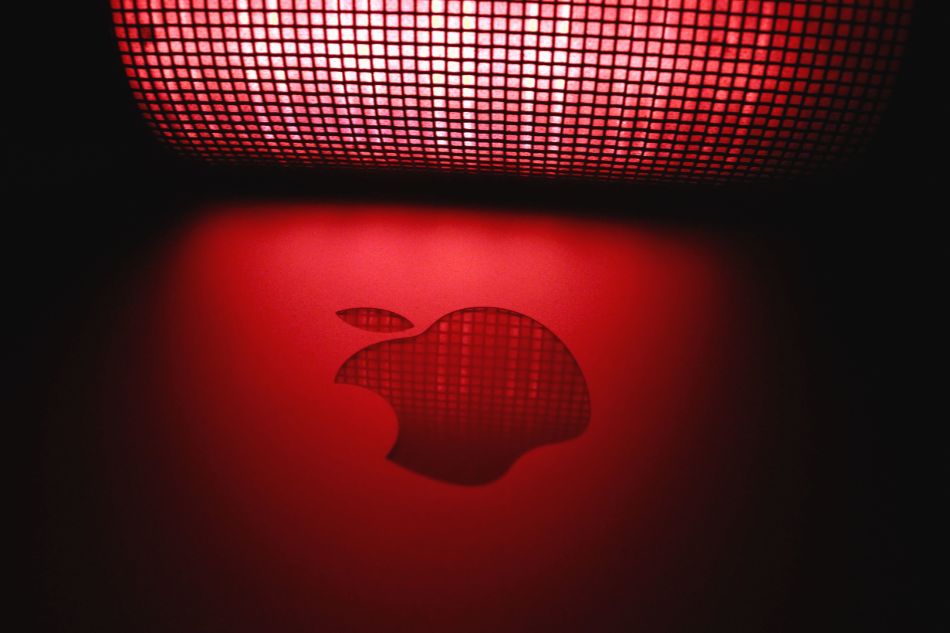
Another aspect to consider with branding is the story it can tell. Often, business owners will sit down with graphic designers and give them a history lesson and mission statement. The graphic designer will then take all of this into account when assembling the business’s visual identity.
Advertising and Marketing Design
Branding is the vital first step in giving a business personality, but it’s the advertising and marketing that gets it out there. You can have the most lavish of logos and stellar typography, but it will mean little if nobody spots it. Advertising and marketing are all about that exposure.
Given our media-centric world, it should come as no surprise that advertising is the more frequently seen graphic design. It has protruded into all aspects of the media we consume. This includes everything from banner ads to commercials that precede YouTube videos.
Unlike branding, there’s a whole lot more that goes into the design of advertisements. The process requires just as much analytical experience as it does creative expertise. You not only need to make a compelling ad but one that will attract the right audience for the right business.
Advertising and marketing design has also changed a great deal over time. There was a time when television commercials and newspaper adverts were the most common forms. Now the landscape has changed to such a degree that online engagement is crucial.
Marketing is all about knowing the demographic and who you’re trying to appeal to. This kind of data is usually acquired by surveys and focus groups. However, in the age of online ads, it has become far more comfortable to track the analytics of those who watch and click.

It also helps to be aware of the format for advertising. Many movie trailers are advertised via YouTube ads that precede a video. Since these videos are either skippable after 5 seconds or unskippable for 5 seconds, many trailers come packaged as short and sweet for limited attention.
Given how tough it is to compete in the online market, many companies focus heavily on this aspect. While there are several freelance marketing designers out there, several organizations are starting to hire in-house designers.
Advertising is that important right now and will most likely continue to be the most booming design area.
Digital Design
In the 21st century, just about everything can be found online and not only in terms of shopping. Whether it’s a website for tracking sports scores or an application that translates languages, we live in a digital age.
It’s up to the digital designer to make it all seem both inviting and less daunting. Digital designers essentially specialize in designing everything for the screen, be it computer or phone.
That covers a broad range of not only different levels of interactivity but mediums as well. It’s not all just about websites and apps. But since mentioning it, let’s address user interfaces.
Referred to as UI design, the interface is the visual aspect of anything interactive. It’s a crucial aspect that can make or break how likely a customer is to navigate your website or download your app.
Since it is a highly technical area of design, designers will often work closely with coding developers. This is essential to bridge the gap between what’s both visually and technically possible. Coding isn’t strictly required to be a digital designer, but it would still be useful to better tailor digital designs.

Digital design goes much farther than that, however, considering it incorporates animation as well. Areas of 2D and 3D animation also enter into the equation. This can range anywhere from a 2D-animated logo to a fully-rigged 3D character.
The truth is there are so many aspects revolving around digital design that it can have its sub-sections. It’s essential to consider just what areas you’ll be working within to tailor your skills better.
The difference between UI design and 3D design is a world of difference, not to mention a whole new knowledge level.
Product Design
All products start with a basic idea. Whether that idea lives or dies all depends on how it is realized in some form. A product designer is responsible for making sure there’s a clear road map for that product to become whole.
There are several different designers in this area, considering just how far the word product can extend.
Similar to a digital designer, the UX designer specializes in apps. Applications require a certain level of appealing interactivity that a designer can be responsible for in terms of what the users will witness and be compelled to tap/click.
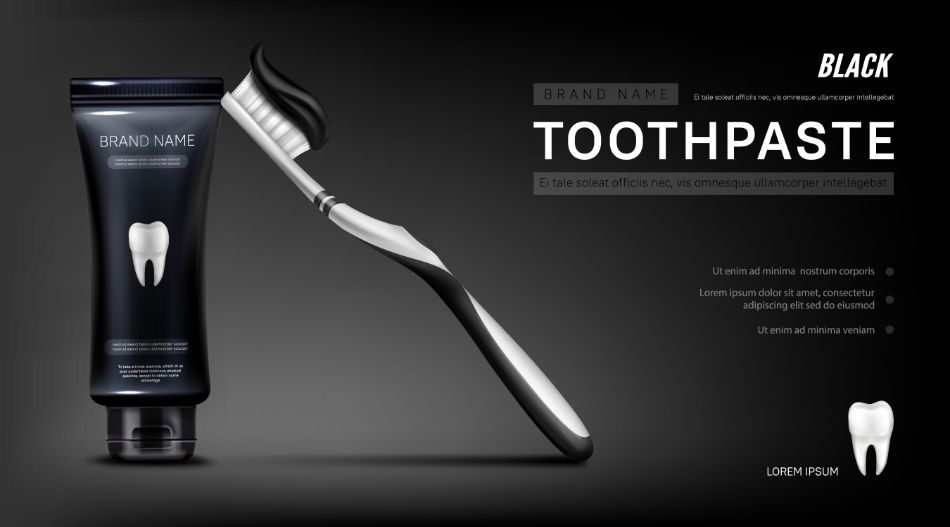
The graphic/visual designer is both a standard and broad type of designer for this area. The most basic descriptor is that this type of designer works on creating images for any project. The scope of just what that image entails is where things get a bit more specific.
User researchers are all about analytics. They take inventory of the users and demographics to ensure that their designs meet the expectations and appeal to their base. They’re an essential part of the design process.
Data analysts specialize in testing. They ensure that a design or product is tested thoroughly to make sure that it functions properly. All of this data contributes to how the end product will turn out when completed.
Prototypers make sure all that data gets implemented into the next stage of design. They help push the product further and further into the final production phase when armed with testing information. These ideas are also most beneficial when implemented quickly and cheaply.
Finally, business strategists take all of this information into account to see if it makes the most sense in terms of business. They’re responsible for making sure the product will be economically viable and reflect what the company aims.
While all of these roles appear separate, each aspect is considered for a successful product designer.
You may not have to be the jack-of-all-trades when it comes to being a product designer, but it helps to be mindful of all areas. It’ll make the rest of the team’s jobs more comfortable, and workflow proceeds much more smoothly.
Editorial/Publishing
Editorial/publishing design, naturally, covers the realm of the printed word. This area includes books and magazines that require specific layouts and designs. This can range from typography’s technical typography to elaborate visuals against text in a magazine.
Of course, the publication has taken a shift away from print to online. Numerous publications have migrated into the realm of online journalism and eBooks. The process remains the same, however, of designing everything from covers to text layouts.
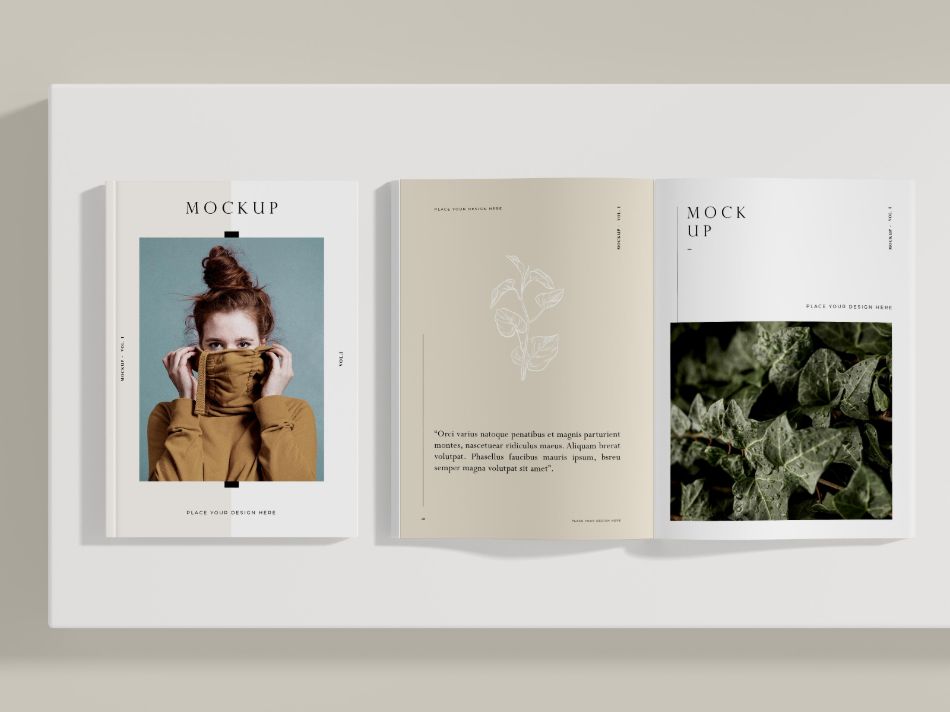
Since most publications in the modern era are online, this type of design is a marriage of quite a few elements. Online periodicals can only look amazing with the combination of layout, design, color, typography, and proper coding. Knowing all of this will take you far in this area of graphic design.
Packaging
We tend not to think about packaging as much when it comes to graphic design. However, we really should as it’s such an essential element of product development that often gets overlooked. Packaging plays a part in both branding and advertising.
What makes packaging design so important is that it can make or break a company. Most products can’t even be seen past the packaging and play a larger role in whether a customer will purchase. Insufficient packaging can hurt sales significantly.
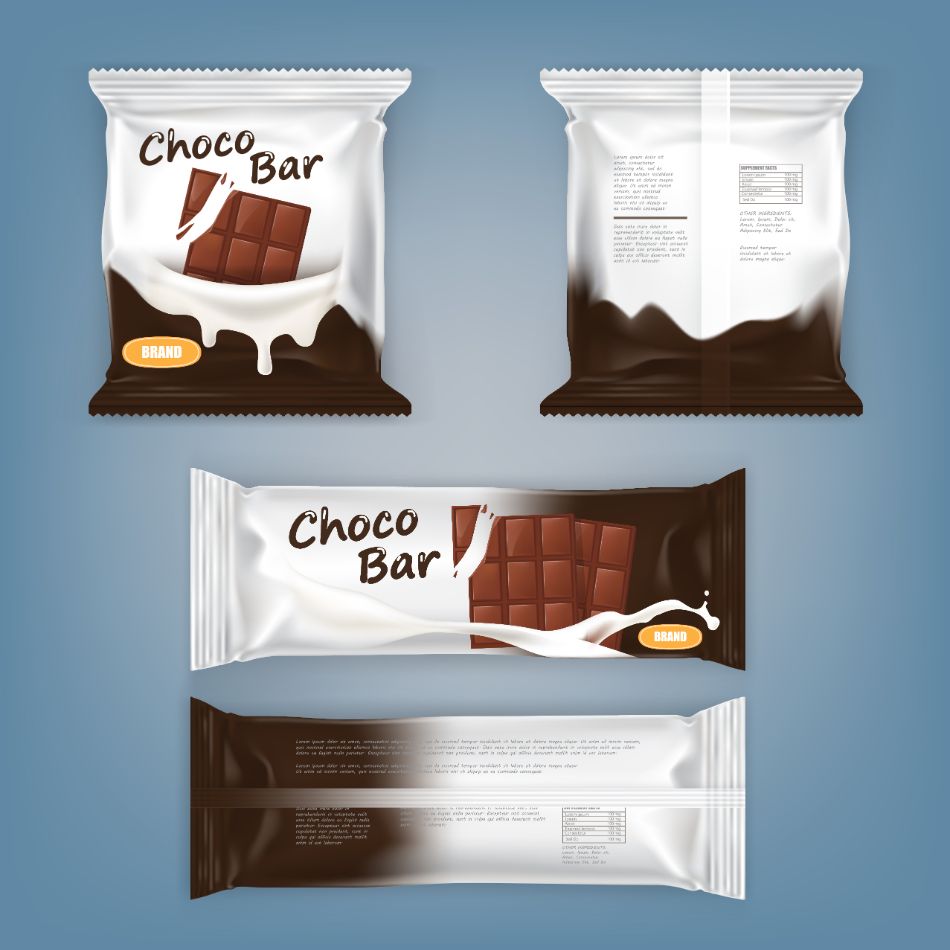
Packaging designers may be called upon to revitalize a current design or create a new product’s initial packaging. They may be reworking something as simple as the graphics on a box or as complex as a new container for mouthwash.
Such design requires knowledge of both design and engineering for creating adequate packaging.
Lettering/Typeface Design
A compelling bit of text can be just as important to graphic design as illustrating a logo. Even a mere title of a company can communicate so much if adequately designed. Lettering plays a crucial role in ensuring a company’s title sticks as far more than just introductory text.
Typography is a critical skill in this department. Crafting a unique logo design with text involves a great deal of knowledge in lettering and type to find just the right combination of font and color to perfectly convey the right message.
The most accomplished of those in letter/typeface design are not only skilled in recognizing the various fonts available but also tweaking them.
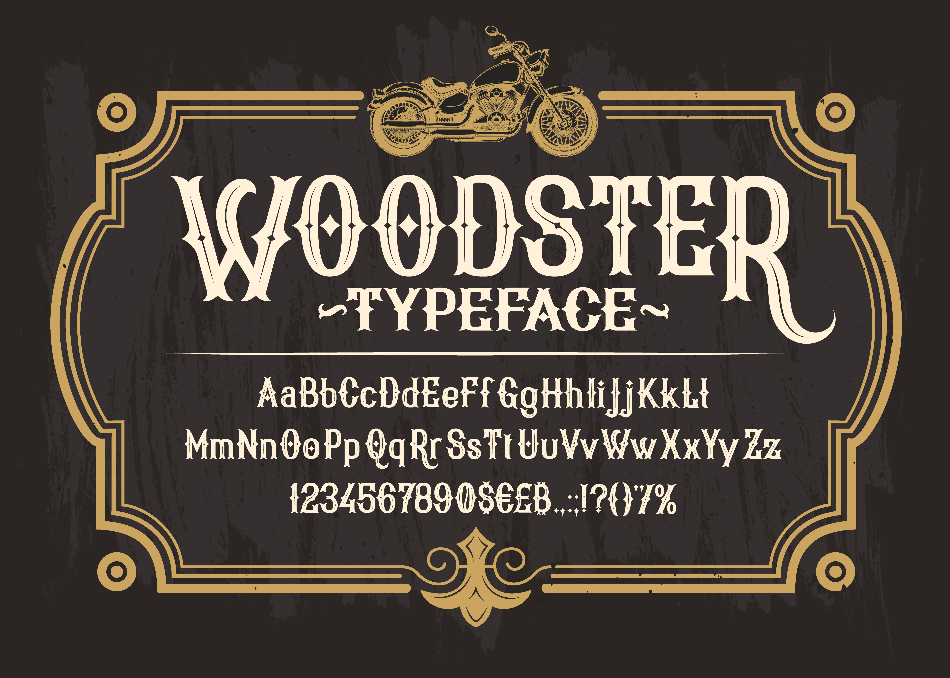
You don’t need to be a master with the pen to create a compelling design with mere letters. You need only look to a creative spacing of the FedEx logo to notice the E and the X’s arrow. It’s so simple and yet so effective in attracting the eyes.
Environmental Design
For the grandest of graphic design, environmental design is one of the more complex forms. Those dabbling in this area focus more on creating an attractive location that will leave a lasting impression. Such designs can range from showroom booths to outdoor spaces.
There’s a lot that goes into various types of environmental design. Knowledge in both architecture and interior design can be of great benefit for crafting an enticing display. Big or small, it’s a good idea to have a strong sense of spacing when developing an area.
Environmental design can span projects both temporary and permanent. The quick environmental design may be akin to a pop-up business or an artistic display that encompasses a room. Permanent should be more evident of a workspace or storefront.
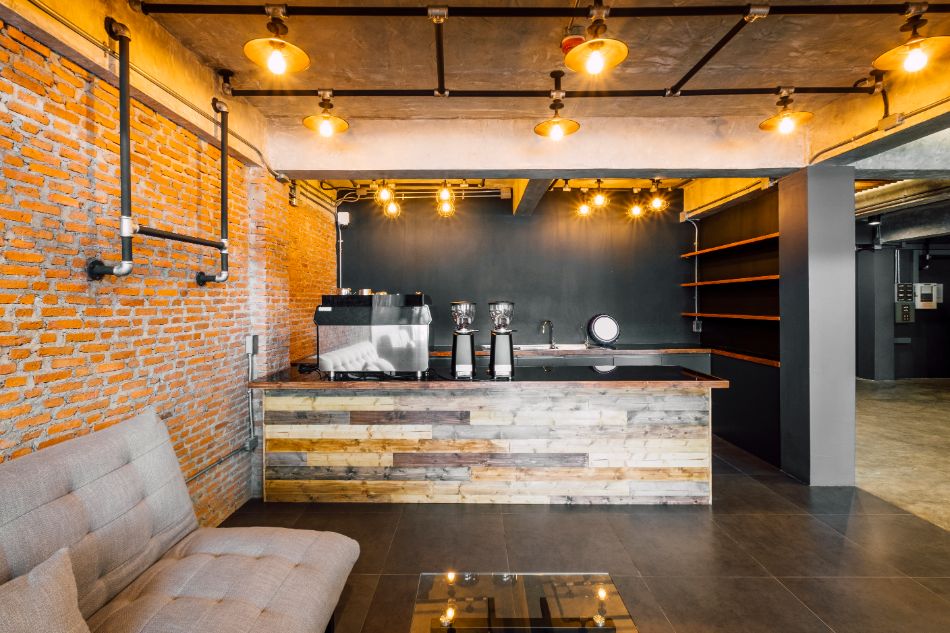
Around the US, filmmaker Kevin Smith’s movie brand of Mooby’s set up a pop-up restaurant meant to reflect the fast-food chain in his films accurately. The temporary business required a sense of branding design and a proper location and layout to cook food and sell it to customers.
You can see plenty of permanent environmental designs everywhere. From the library’s assortment of books to the organization of typing pools, all of these places involved some sort of environmental design.
Set Prop Design
When it comes to filmmaking, many departments come into play. In terms of design, most people are familiar with such departments as costume design and visual effects.
Another department that most people don’t think about is set-prop design, which is crucial for establishing a setting. Set prop designers are responsible for making sure a location feels accurate and adequately designed to fit the story.
So if the film is set in the 1950s, the set prop designer makes sure everything from the cars to stores looks reflective of the era without looking out of place.
The lengths to which a designer will design a proper set spans a lot of details. It can be as apparent as choosing the correct soda brand in the foreground to something as small as a drug store’s lettering in the background.
Set prop design often gets overlooked because it’s a particular and often invisible aspect of film production. Costumes are always in your face, as are the visual effects. The little elements of the sets usually fade into the background.
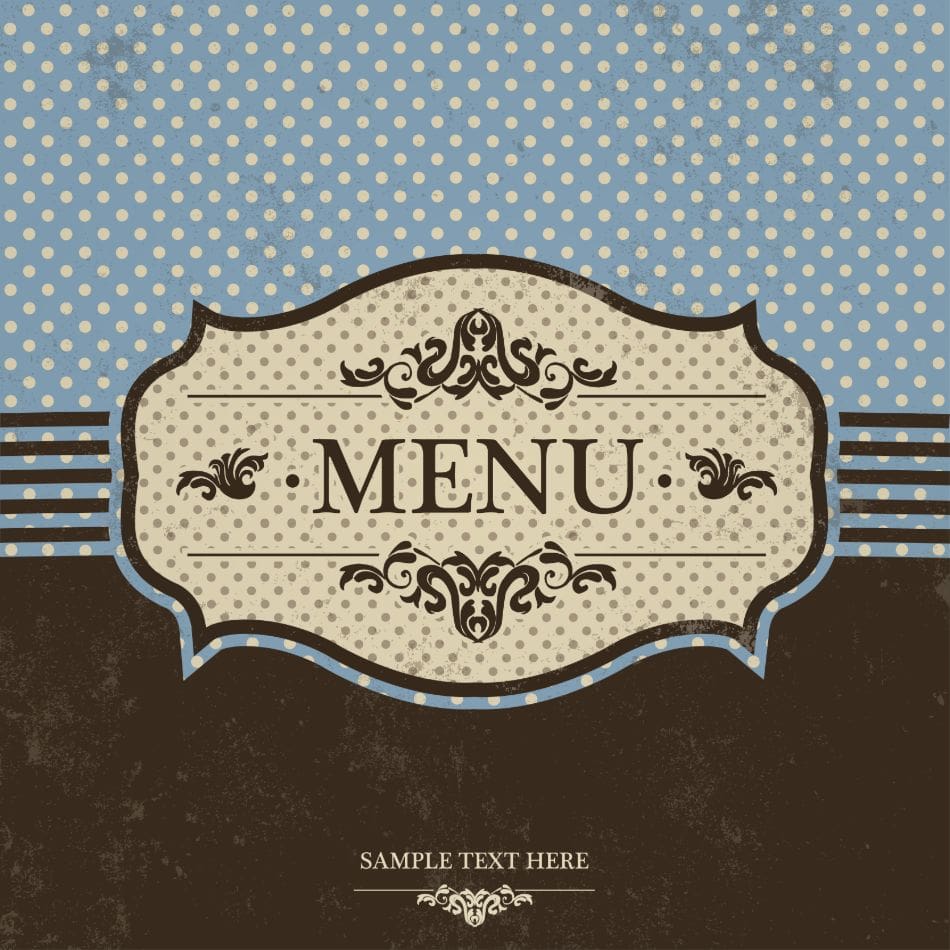
This is both the beauty and curse of set-prop design, reflecting the behind-the-scenes work of sound editors and color graders. If they’ve done their job well, you don’t notice it so much. A good set designer can easily encapsulate the realism of a set without drawing too much attention.
The last thing a filmmaker would want is the audience to be taken out of the narrative by either a historically-inappropriate gun for the old west or a plastic-looking knife. These designers often have to consider not only how accurate a prop would be but how real it will appear on the screen.
Set prop design often involves a wealth of knowledge on both products, culture, storytelling, and architecture, through architecture is more for the set designer in general.
A sense of staging also benefits the designer in knowing where the eye will be drawn for their many props to avoid sharp scrutiny.
Just take a look at the sets of Blade Runner. It’s an iconic depiction of a dystopian future Los Angeles and has a wealth of design behind the smallest elements. Everything from the neon signs to the umbrellas to even the hairdryers had a specific look to reflect the period and aesthetic.
So the next time you see a film, TV series, or play that takes place in an era of the past or an alien world, pay close attention to the little nooks and crannies behind the characters. Chances are good a set prop designer was behind everything that makes that world feel believable.
Human-Centered Design
Design Thinking or Human-Centered design is a more challenging concept to articulate as it’s not so much a profession. It’s more of an idea that can be integrated into various industries when it comes to customer appeal. It’s designed with the users in mind.
Human-Centered design can be applied to just about every profession of graphic design. It’s a philosophy that asks the question of what people need and want. With this question in mind, the design proceeds around this core concept of being a solution.
Naturally, this process involves a great deal of understanding the audience such design is meant to appeal towards. It’s most recognizable as within product design akin to those As-Seen-On-TV products that pitch products as solutions.
You need only look at any product sold on television in those long-form infomercials. Take Flex Tape, for example. The unique adhesive has been designed in just about every aspect to fit the customers’ desires it’s being marketed for.

This doesn’t just refer to the product itself being presented in various forms for various jobs. It’s also about the packaging being appealing, the applications being practical, and the commercials being watchable.
It’s an essential method why those commercials present applications of the product as both practical (leaky pipes) to the extreme (holes in boats). It all entices the viewer with the customer in mind. They may not use Flex Tape for fixing their boat, but it’s a question that viewers would probably like to see answered.
Design for Good
Design for Good is similar to Human-Centered Design in that it takes into account which will be consuming the design. The critical difference is that Design for Good is based more on an improvement of the world. Think of it more as targeting community than consumers.
Much of this idea in design bleeds into the environmental design. Designing such community locations as apartment buildings and playgrounds would be a good example of Design for Good. Both benefit the community greatly.
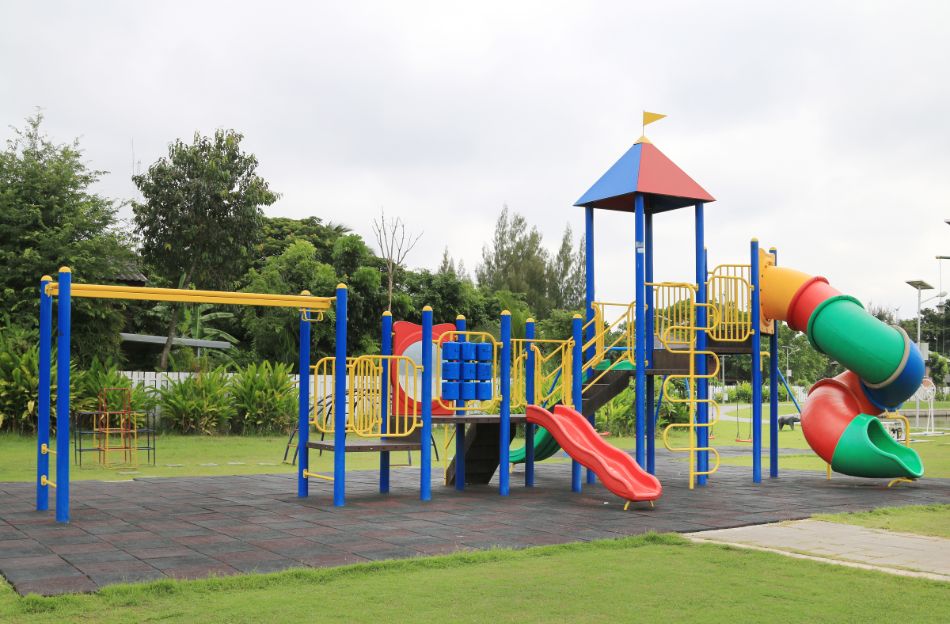
This type of design need not be confined to community building projects either. Other examples include apps and advertising meant for doing good in the world. This can range from community safety applications to adverts designed to promote non-profits, charities, and moral causes.

Mark McPherson has been working as a video editor and content writer for over ten years. His background started in animation and video editing before shifting into the realm of web development. He also branched out into content writing for various online publications. Mark is an expert in video editing, content writing, and 2D/3D animation.
